What is Transported in Tanker Trucks?
Tanker trucks are a staple in transportation, with their sleek, cylindrical tanks designed for transporting liquids and gases over long distances. These trucks play an essential role in various industries by enabling the efficient transport of bulk materials. From food-grade liquids to hazardous chemicals, tanker trucks are equipped to handle a broad range of products. Let’s dive into the types of materials commonly transported in these specialized vehicles, the unique features of tanker trucks, and the safety precautions necessary for each type.
1. Petroleum Products
The most commonly recognized use of tanker trucks is to transport petroleum products such as gasoline, diesel, and jet fuel. This industry relies heavily on tanker trucks to distribute fuel from refineries to gas stations, airports, and other facilities. These trucks are typically made of steel or aluminum and are constructed with multiple compartments to minimize fuel sloshing, which helps stabilize the truck and reduces the risk of accidents. Petroleum tanker trucks often come with vapor recovery systems to prevent the release of harmful fumes and adhere to strict fire and safety regulations to mitigate the risk of fires or explosions.
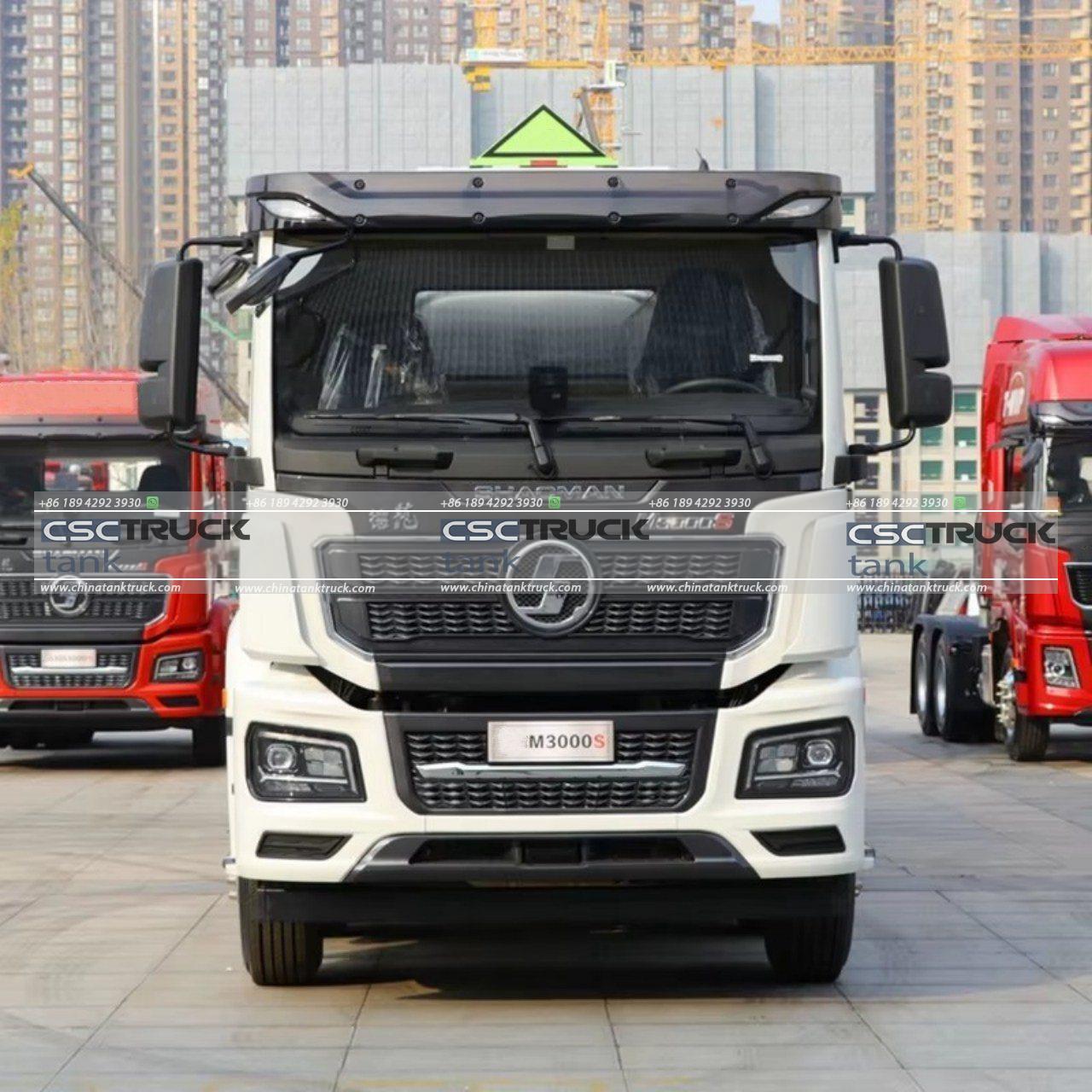
2. Chemical Transport
Tanker trucks are widely used for transporting chemicals, ranging from industrial chemicals to specialty chemicals. These include acids, bases, and solvents. Depending on the chemical’s properties, tanker trucks may need special linings or materials to prevent reactions. For instance, highly corrosive chemicals like sulfuric acid require tanks made from stainless steel or other corrosion-resistant materials. The chemical transport industry also mandates strict regulations regarding tank construction, driver qualifications, and transport routes to ensure the safety of people and the environment.
3. Food and Beverage Products
Food-grade tanker trucks are essential for the transportation of consumable liquids like milk, juice, cooking oil, and even liquid sugar. These tankers must comply with stringent health and hygiene standards to ensure the safety and quality of the food products they transport. Stainless steel is commonly used for food-grade tankers, as it’s easy to clean and does not react with the substances it carries. These tanks are designed to be temperature-controlled to preserve perishable items, and they undergo rigorous cleaning and sanitization between loads to prevent cross-contamination.
– Milk Transportation: Milk tanker trucks, also known as “milk trucks,” are specially designed to transport large quantities of raw milk from dairy farms to processing plants. These trucks are insulated to maintain a constant temperature to prevent spoilage. In the U.S., for instance, milk tankers follow strict guidelines established by the Food and Drug Administration (FDA) and the Pasteurized Milk Ordinance (PMO) to ensure safety.
– Beverages and Alcohol: Tanker trucks also transport beverages like beer, wine, and soft drinks. Alcohol transportation involves additional requirements due to the volatile nature of alcohol, and specialized tankers with temperature control are used for certain high-quality products like wine.
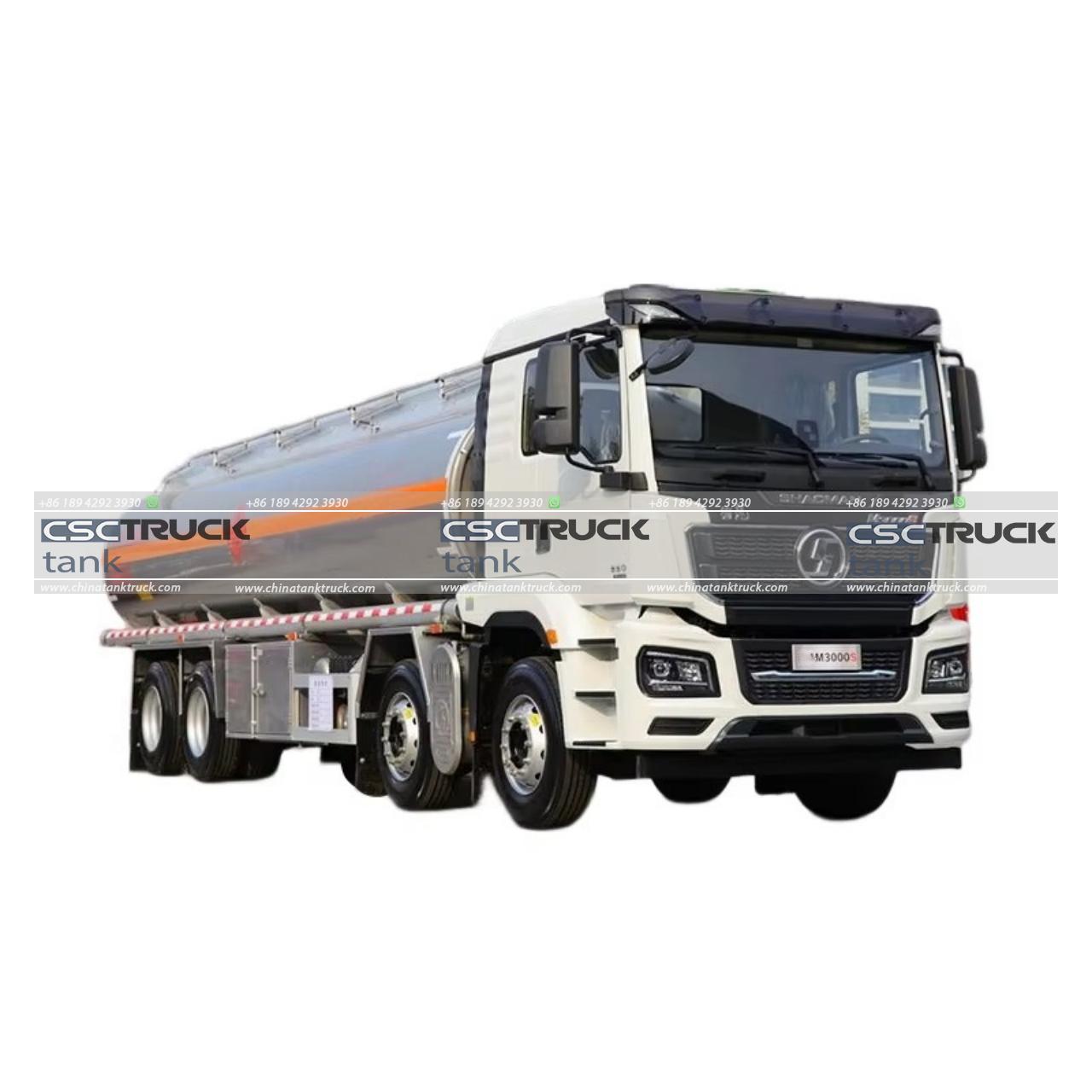
4. Water
Water tankers are frequently used in areas where water is scarce or in situations that require a temporary supply, such as emergency response scenarios. These tankers can deliver potable (drinkable) water to communities in need, provide water for firefighting, and supply construction sites where a reliable water source may not be readily available. Potable water tankers must be built from materials that do not affect the taste or quality of the water, while non-potable water tankers are often used to provide water for agricultural or industrial uses, such as dust suppression on construction sites.
5. Liquid Fertilizers and Pesticides
Agricultural industries rely on tanker trucks to transport liquid fertilizers and pesticides. These products are essential for modern farming practices, helping to maximize crop yields and manage pests. However, transporting these chemicals presents challenges, as they can be toxic to humans and the environment if not handled correctly. Tanker trucks carrying liquid fertilizers or pesticides are usually equipped with secure loading and unloading systems to prevent leaks and spills.
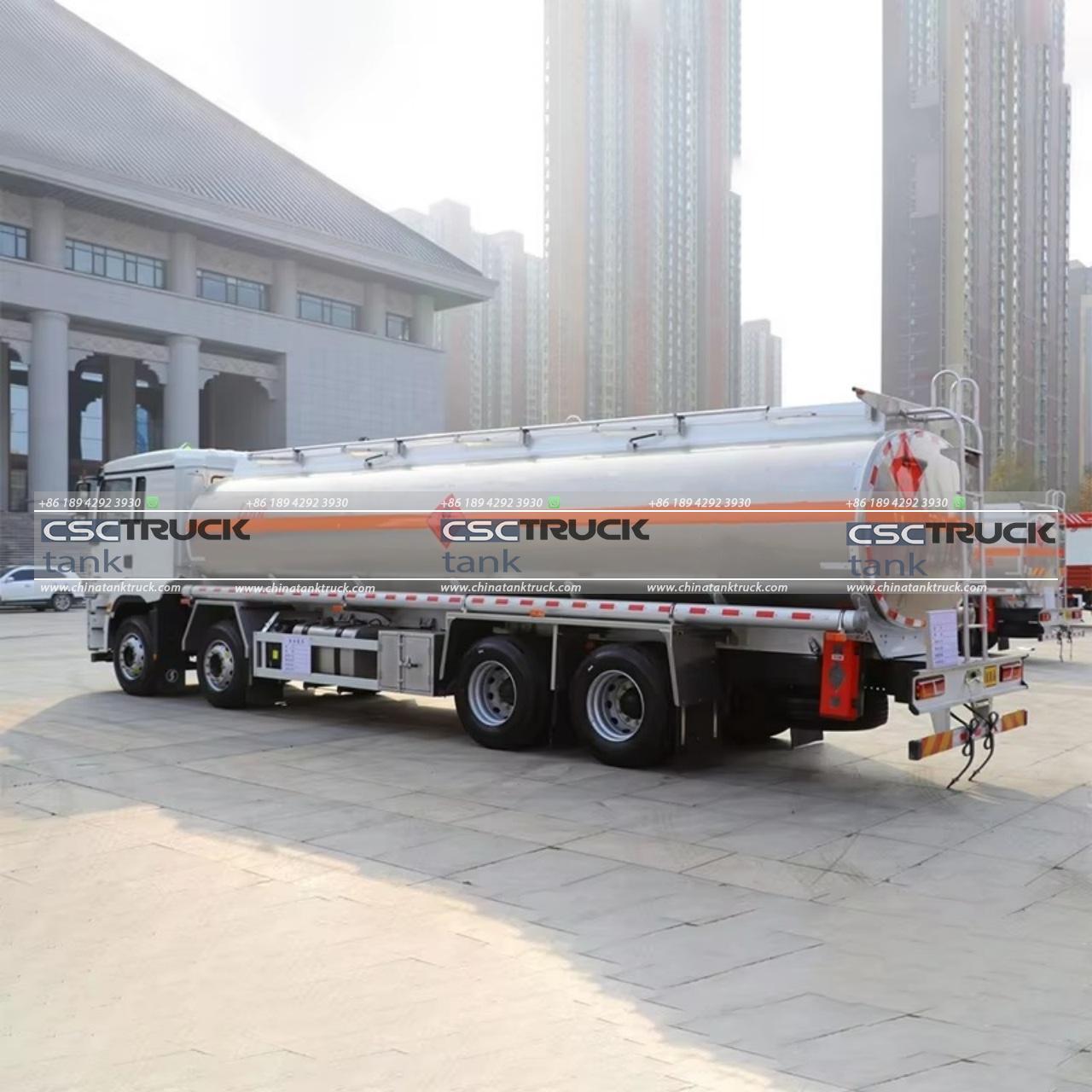
6. Liquid Gases
Liquefied gases such as liquefied natural gas (LNG), liquefied petroleum gas (LPG), and even industrial gases like nitrogen, oxygen, and carbon dioxide are transported in specialized tanker trucks designed to handle high-pressure. These tankers are commonly referred to as “cryogenic” or “pressure” tankers because they maintain the gases at extremely low temperatures or under high pressure to keep them in a liquid state. This type of transport is particularly challenging because any breach in the tank could lead to rapid expansion and potentially catastrophic outcomes. Therefore, these trucks are built with reinforced materials and are subject to frequent inspections.
7. Bulk Powders and Granular Materials
Although not liquid, bulk powders like cement, flour, and powdered chemicals are also transported in a type of tanker truck known as a dry bulk tank. These tankers have an aerodynamic shape similar to liquid tankers but are designed to prevent moisture ingress, which could compromise the contents. Dry bulk tankers use compressed air to unload the material, which helps maintain quality and prevents clumping or contamination. These trucks are essential for industries like construction, where they deliver materials for concrete production.
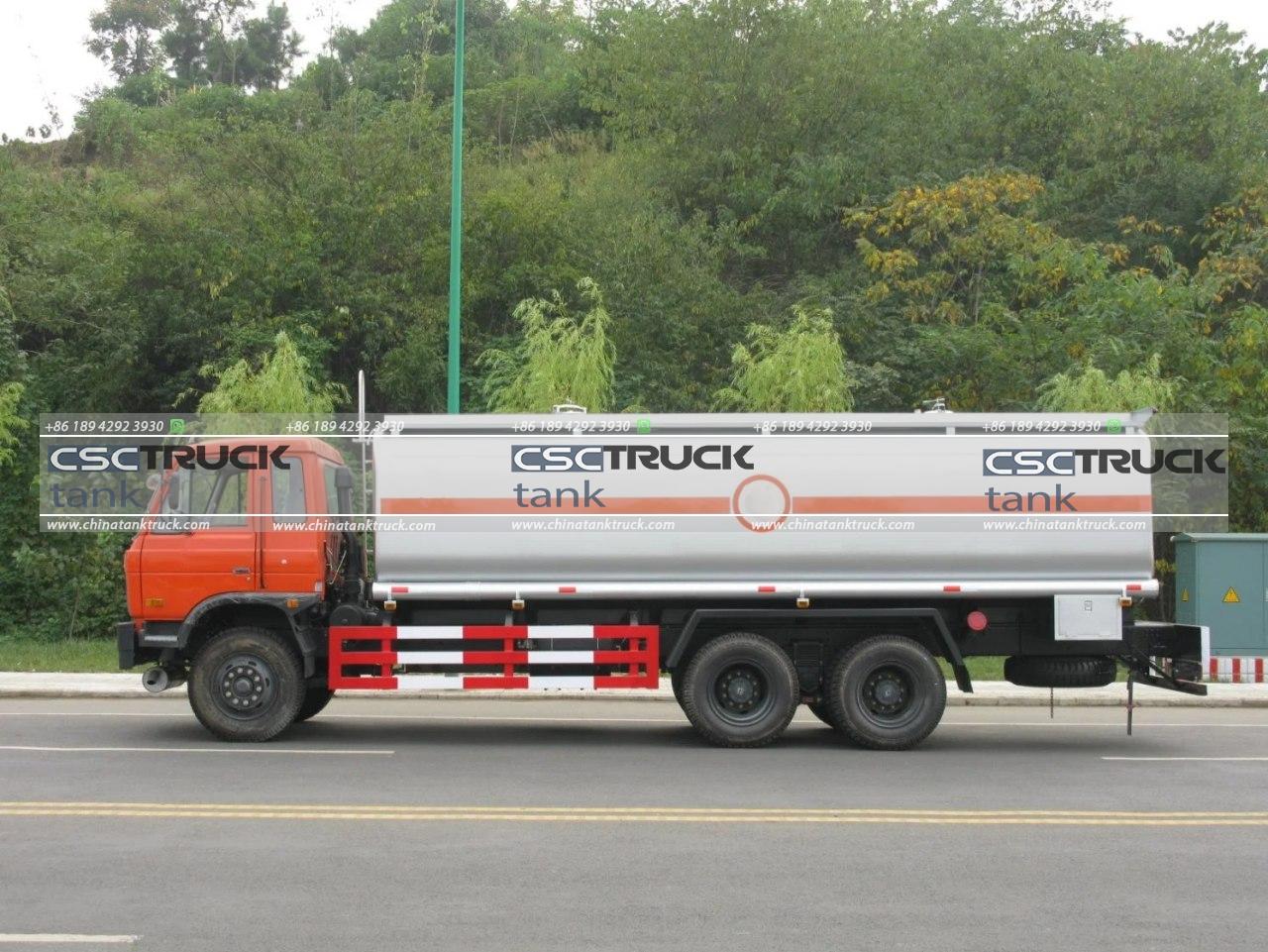
8. Molten Substances
Certain industries, like asphalt production, rely on tanker trucks to transport molten substances. Asphalt and other materials need to be kept at elevated temperatures to maintain a liquid state during transportation. Specialized insulated tankers with heating systems are used for these products. These tankers are often heated by burners or electric coils and must maintain a consistent temperature to ensure the material remains usable upon arrival. Transporting molten substances requires specific safety protocols to prevent burns or leaks due to the high temperatures.
9. Waste Materials and Hazardous Waste
The safe transport of hazardous and non-hazardous waste materials is crucial to protect the environment and human health. Tanker trucks are commonly used to transport waste liquids from industrial and medical facilities, including chemical waste, used oil, and sewage. Hazardous waste tankers must follow strict federal and state regulations, which include labeling, containment, and routing requirements to prevent accidents. Waste tankers are often designed with specialized linings to prevent reactions between the waste material and the tank’s interior.
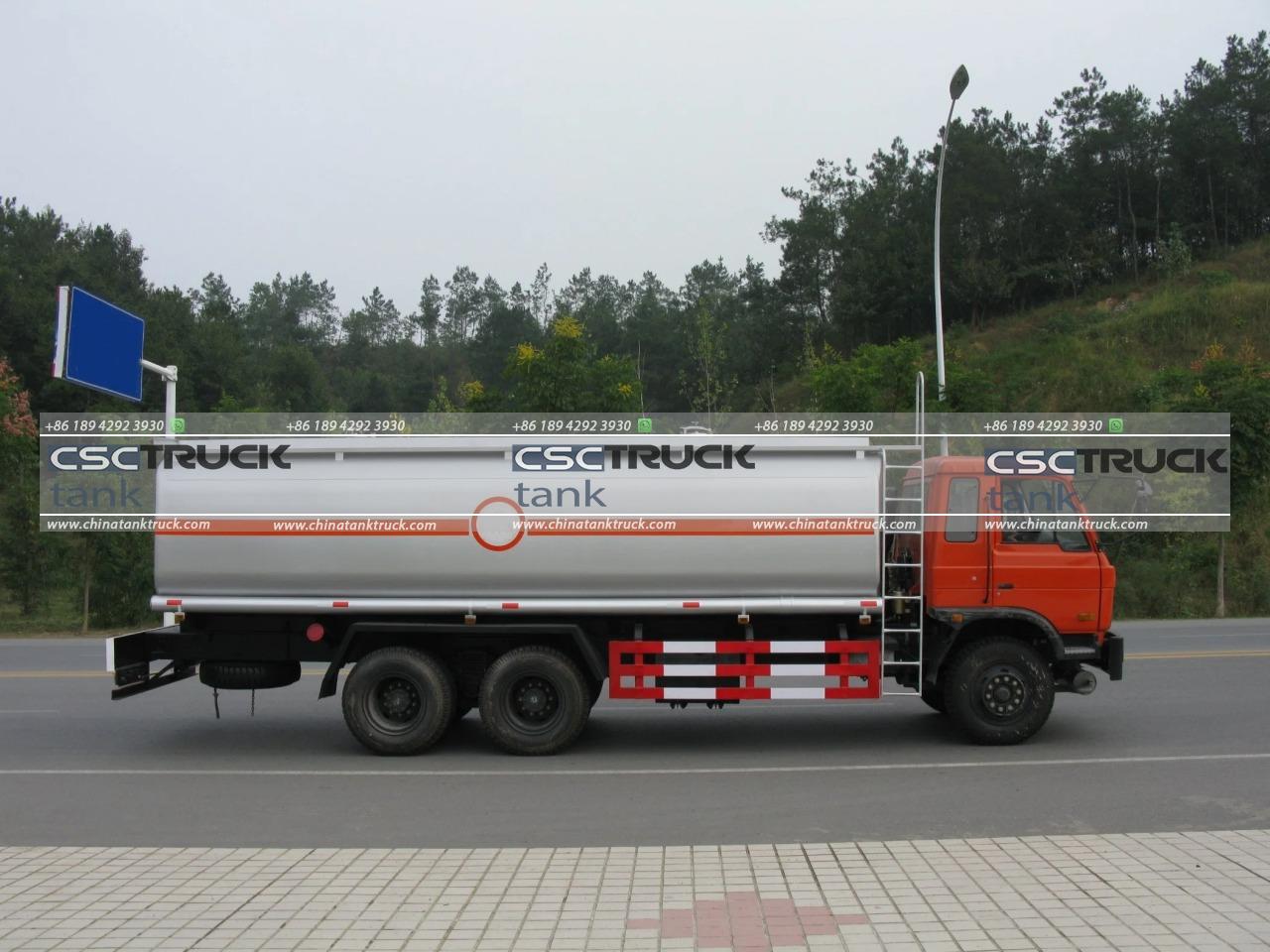
Safety Considerations and Regulations
Due to the wide variety of substances transported in tanker trucks, safety is a top priority. The U.S. Department of Transportation (DOT), along with agencies like the Environmental Protection Agency (EPA) and the Occupational Safety and Health Administration (OSHA), regulates tanker transport to ensure proper handling, labeling, and containment. Tanker trucks must meet strict standards regarding tank construction, emergency valves, and pressure relief devices. Drivers are required to undergo specialized training, particularly for hazardous materials, to learn how to manage potential spills, fires, or other emergencies.
Environmental Impact and Innovation in Tanker Transport
Tanker trucks, especially those carrying hazardous or petroleum-based materials, pose an environmental risk if not managed correctly. Accidents or leaks can lead to soil and water contamination, harming ecosystems and communities. Innovations in the industry are continually advancing to reduce these risks. Some companies are investing in electric or hydrogen-powered tanker trucks to reduce emissions, while others are exploring improved materials and sensors that can detect leaks or structural weaknesses before an accident occurs.
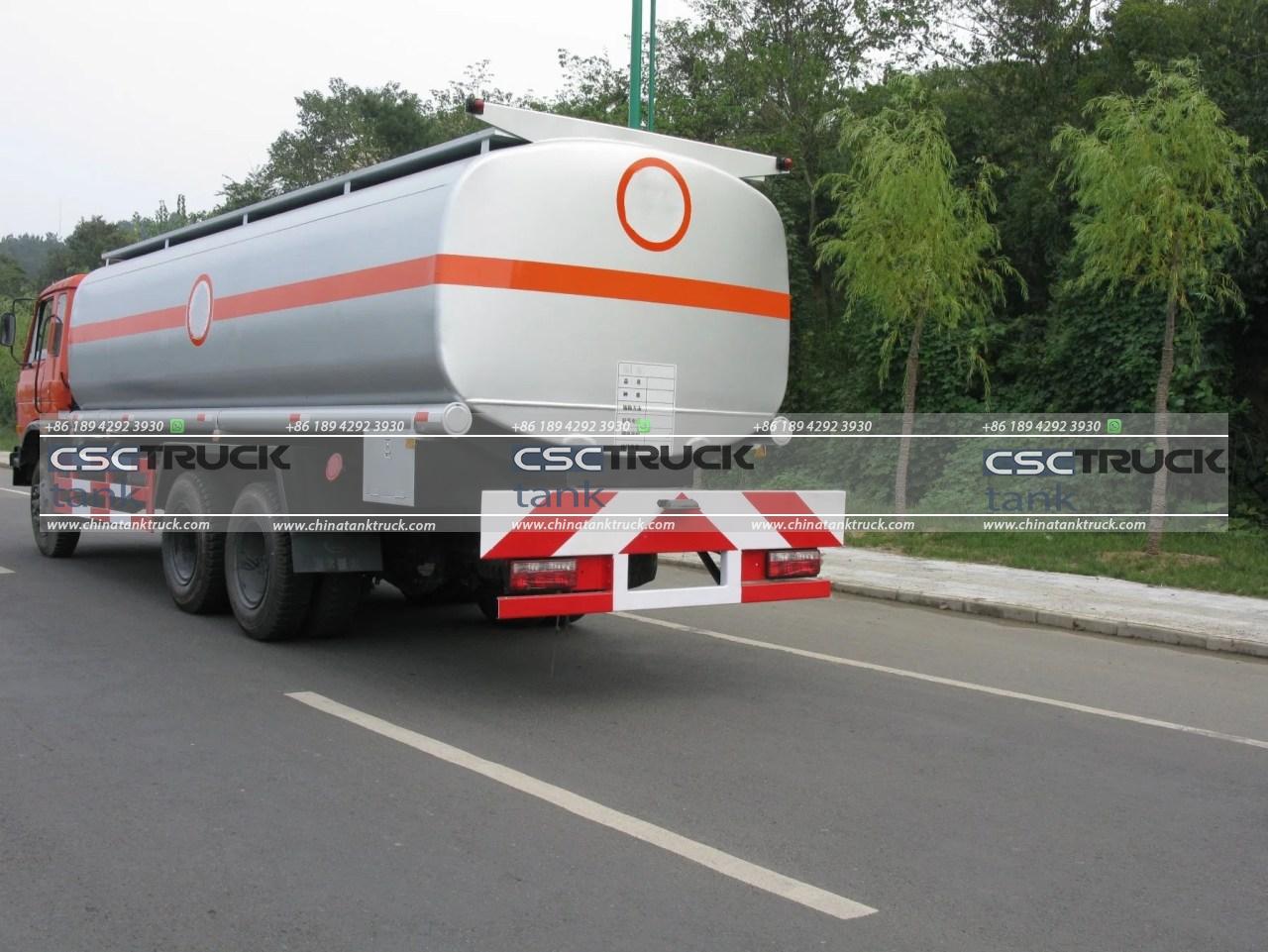
Conclusion
Tanker trucks are vital for transporting a wide range of essential goods, from the fuel that powers vehicles to the water needed in emergencies. Each type of substance transported in these trucks requires specialized equipment and strict adherence to safety protocols to ensure a safe journey from origin to destination. As industries continue to evolve and demand for safer and more environmentally friendly transport solutions grows, tanker truck design and technology will likely continue to innovate, helping to protect both people and the planet.

